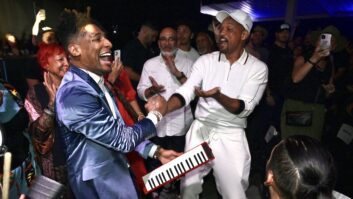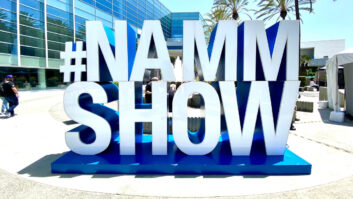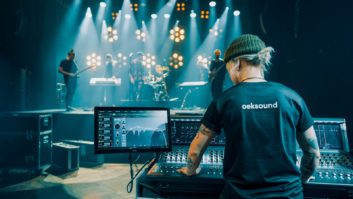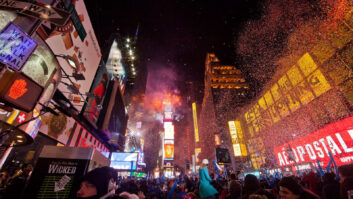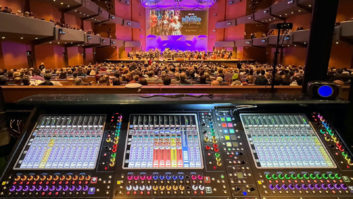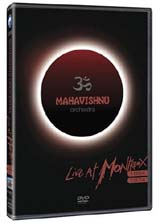
In their own way, Mahavishnu Orchestra was to jazz-rock fusion excess what Queen was to rock excess. They were unquestionably great at what they did, but beyond that it’s all a matter of personal taste. In this case, I was a huge fan of the original Mahavishnu Orchestra featuring leader/guitarist John McLaughlin, violinist Jerry Goodman, keyboardist Jan Hammer, bassist Rick Laird and the great Billy Cobham on drums. I saw them perform at Northwestern University my freshman year there (’71-’72) and, in fact, the first music review I ever wrote for a real publication was of that concert, which completely blew my mind and remains one of the pinnacles of my long concert-going career. (I also saw them a few months later at Chicago’s wonderful Auditorium Theater.) That lineup’s Inner Mounting Flame album was a masterpiece of early fusion, as special in its own way as the first Weather Report and Return to Forever discs were, but for money, subsequent lineups of the group never quite captured the incredible synergy of that first group. John McLaughlin was no less spectacular—his fingers speeding up and down the fretboard in a dizzying dance, his groups negotiating a parade of complex rhythm and tempo shifts with admirable skill and dexterity. But compositionally, Mahavishnu’s material never really had the melodic invention, soulful dimension or staying power of either of those aforementioned fusion giants, and looking back at two versions of the group here, I’m reminded again that it was usually chops first for McLaughlin and company; a lot of this music, for all its virtuosity, is strangely unaffecting.
The ’74 disc (which is actually disc 2), starts out beautifully, with McLaughlin, noodling furiously on double-neck guitar, playing what is practically a duet with young drummer Michael Walden (pre-“Narada”) on a cool workout that, with the addition of Gayle Moran’s electric piano splashes, sounds like a descendant of Miles’ In A Silent Way and Bitches Brew albums (which McLaughlin played on). Then a string quartet joins in to nice effect, though in this particular lineup, the second soloist is really another violinist, Jean-Luc Ponty, who was already at the top of his game here. The group also has horn players who come in and out, so there’s often quite a lot going on musically. To say that it lacks coherence and cohesion is probably missing the point, because the ever-shifting tempos and styles is also what sparks this music, but I find myself wishing the group would stick with their musical ideas longer and develop them more rather than jumping about so much. The ’74 disc contains just two songs, each more than 20 minutes, and then there’s an hour-plus audio-only selection of tunes, a couple of which feature the unremarkable vocals of Ms. Moran, who was a better keyboardist than singer.
The ’84 lineup is just a quintet, with saxophonist Bill Evans and keyboardist Mitchell Forman sharing the solo spotlight with McLaughlin, who by this time also plays one of the early synth guitars, with a rather cumbersome-looking Synclavier 2 attachment, occasionally. Ironically, in places this group sounds a bit like Weather Report (whose best days were long behind them), but that’s actually a good thing—there’s more development in some of the melodies and rhythms. McLaughlin and Evans play very well together and the group as a whole feels more like an ensemble of equals than the ’74 band, where the string and horn players seemed somewhat outside the circle much of the time. There’s lots of stylistic variety in the ’84 material, too—still plenty of places where it gets fast and furious and dissonant, but also more passages that are lighter and more lyrical, like in the lovely “Clarendon Hills” and “Nostalgia.”
This is probably for McLaughlin die-hards only; but they will doubtless love it.

